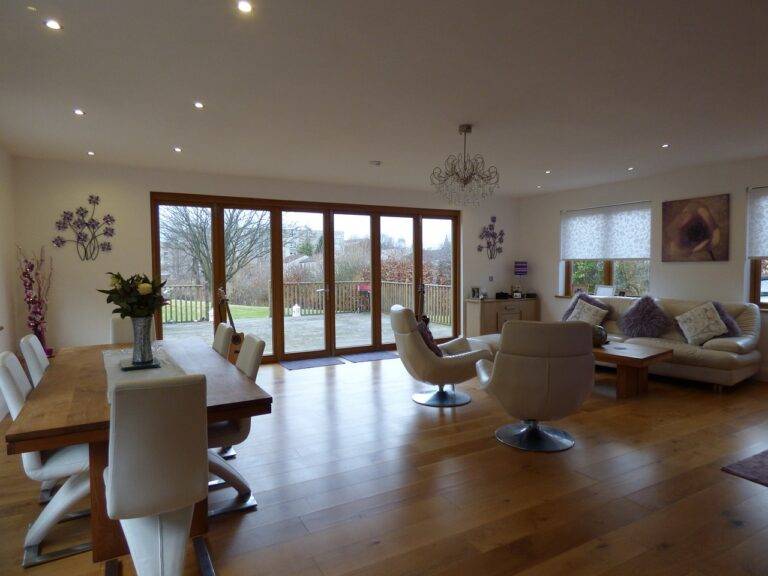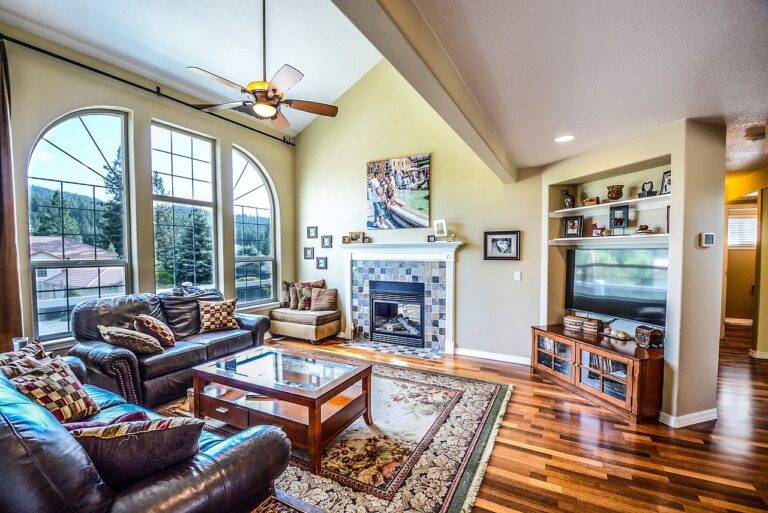How to Choose the Right Lighting for Your Home Office
Working from home has become increasingly popular in recent years, and having a well-lit home office is essential for productivity and focus. However, choosing the right lighting for your workspace can be a daunting task with so many options available. In this comprehensive guide, we will discuss everything you need to know about selecting the perfect lighting for your home office.
Understanding the Basics of Home Office Lighting
Before diving into the specifics of choosing the right lighting for your home office, it’s important to understand the basics of home office lighting. There are three main types of lighting that are typically used in home offices: ambient lighting, task lighting, and accent lighting.
Ambient Lighting
Ambient lighting is the primary source of light in a room and provides overall illumination. It is usually achieved through ceiling lights, chandeliers, or recessed lighting. Ambient lighting creates a comfortable and inviting atmosphere in your home office.
Task Lighting
Task lighting is focused and provides additional light for specific tasks such as reading, writing, or working on a computer. Desk lamps, floor lamps, and under-cabinet lighting are common sources of task lighting in a home office.
Accent Lighting
Accent lighting is used to highlight specific areas or objects in your home office, such as artwork, shelves, or architectural features. It adds depth and dimension to your workspace and enhances the overall design of the room.
Factors to Consider When Choosing Home Office Lighting
When selecting the right lighting for your home office, there are several factors to consider to ensure that you create a well-lit and comfortable workspace:
Natural Light
Take advantage of natural light by positioning your desk near a window to reduce eye strain and increase productivity. Consider using sheer curtains or blinds to control the amount of natural light entering your home office.
Color Temperature
Choose light bulbs with the right color temperature based on the type of work you do in your home office. Cool white light (4000-5000 Kelvin) is ideal for tasks that require focus and concentration, while warm white light (2700-3000 Kelvin) is perfect for creating a cozy and inviting atmosphere.
Lighting Control
Consider installing dimmer switches or adjustable desk lamps to control the intensity and direction of light in your home office. This will allow you to customize your lighting based on your needs and preferences throughout the day.
Ergonomics
Avoid glare and shadows by positioning your lighting sources correctly to prevent eye strain and discomfort. Ensure that your desk lamp is tall enough to illuminate your work surface without casting shadows or creating reflections on your computer screen.
Energy Efficiency
Choose LED light bulbs for your home office to reduce energy consumption and save money on your utility bills. LED bulbs are long-lasting, environmentally friendly, and produce less heat, making them an excellent choice for home office lighting.
Lighting Design Tips for Your Home Office
Now that you understand the basics of home office lighting and have considered the important factors in choosing the right lighting for your workspace, here are some lighting design tips to help you create a functional and visually appealing home office:
Position Your Lights Strategically
Place your ambient lighting sources overhead to provide general illumination throughout your home office. Use task lighting such as desk lamps or floor lamps to illuminate specific areas where you work or read.
Layer Your Lighting
Combine different types of lighting, including ambient, task, and accent lighting, to create a well-balanced and visually interesting workspace. Layering your lighting will help reduce eye strain and create a comfortable environment for working.
Use Flexible Lighting Options
Opt for lighting fixtures with adjustable arms or heads to direct light where you need it most. This will allow you to customize your lighting based on the time of day, your work tasks, and your personal preferences.
Consider Decorative Lighting
Add decorative lighting fixtures such as pendant lights, wall sconces, or table lamps to enhance the aesthetic appeal of your home office. Choose fixtures that complement your existing decor and add a touch of style to your workspace.
Invest in Task Lighting for Your Desk
Ensure that your desk is well-lit with a task lamp that provides direct and focused light for working on your computer, writing, or reading. Choose a lamp with adjustable brightness and color temperature to suit your needs throughout the day.
FAQs
What is the best color temperature for home office lighting?
The best color temperature for home office lighting depends on the type of work you do. Cool white light (4000-5000 Kelvin) is ideal for tasks that require focus and concentration, while warm white light (2700-3000 Kelvin) creates a cozy and inviting atmosphere.
How can I reduce glare and shadows in my home office?
To reduce glare and shadows in your home office, position your lighting sources correctly to prevent eye strain and discomfort. Use diffused lighting, such as table lamps or floor lamps with shades, to create a soft and even illumination in your workspace.
Are LED light bulbs a good choice for home office lighting?
Yes, LED light bulbs are an excellent choice for home office lighting. They are energy efficient, long-lasting, and produce less heat than traditional incandescent bulbs. LED bulbs are also available in a variety of color temperatures and brightness levels to suit your specific needs.
Conclusion
Choosing the right lighting for your home office is crucial for creating a productive and comfortable workspace. By understanding the basics of home office lighting, considering important factors such as natural light, color temperature, and lighting control, and following our lighting design tips, you can create a well-lit and aesthetically pleasing environment for working from home.







